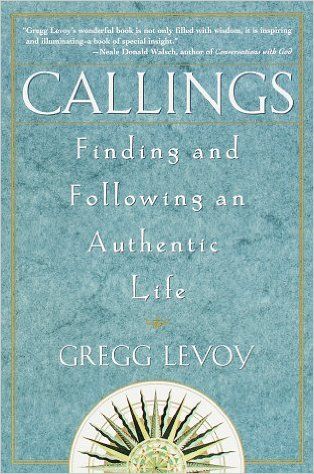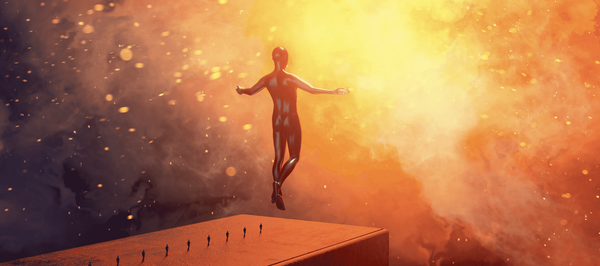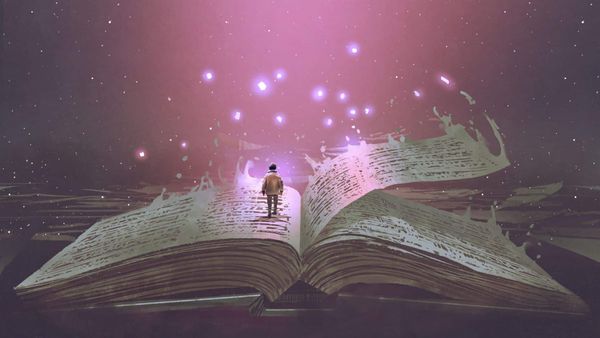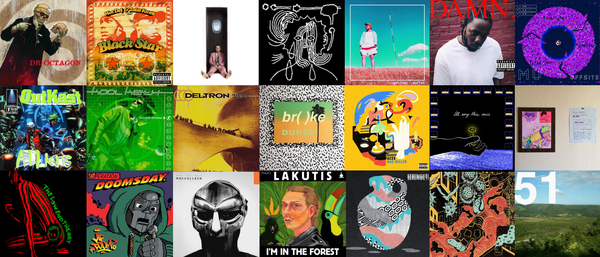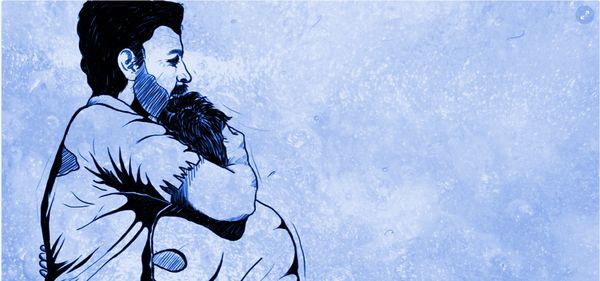Ben • • 5 min read
Go Do Some Shitty Art: How Unapologetic Creativity Facilitates Insight and Self-Acceptance
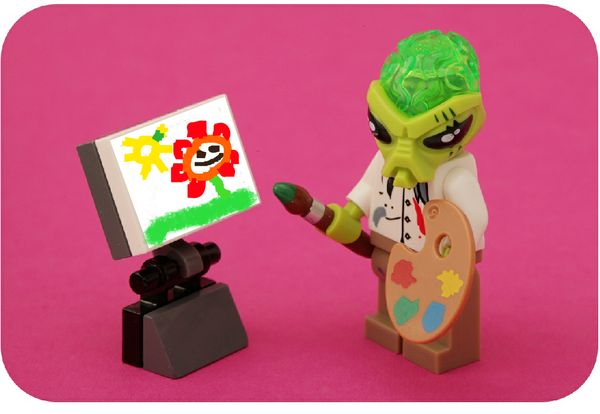
When I was in eighth grade I had a terrible art teacher.
He would tell students they were doing art wrong. He would pick apart every aspect of your technique, and like a stale math teacher would reprimand you if you got good results using a method other than the one he taught you.
He could only see the content of your art, and was totally blind to the process you were using. He was unable to appreciate the value of your individual touch, of your unique grappling and wrestling with the work.
He was a shitty art teacher because he would not let us do shitty art.
Art Helps Us Grow
Maybe it was because of this poor experience that I avoided most forms of visual artistic expression until almost ten years later.
Which is a damn shame, because doing shitty art is a great way to practice failing well, and it’s also a great way to practice self-acceptance in action.
I’ve since come to appreciate the importance of art to personal growth. Art can be a superhighway to rare kinds of emotional maturity. It’s excellent for working through difficult emotions and challenging situations. And it’s damn fun when you do it without worrying about the results.
Read this: Artgasm: 10 Reasons You Ought to Make Some Art
Art, the Unconscious, and Self-Discovery
Last year I was reading Callings: Finding and Following an Authentic Life by Gregg Levoy, when I found a quote I’ll never forget. Gregg recalled sitting down to compare his three treasured art forms — piano, writing, and drawing — and found they all had one thing in common:
“They are all glass-bottom boats over the unconscious.”
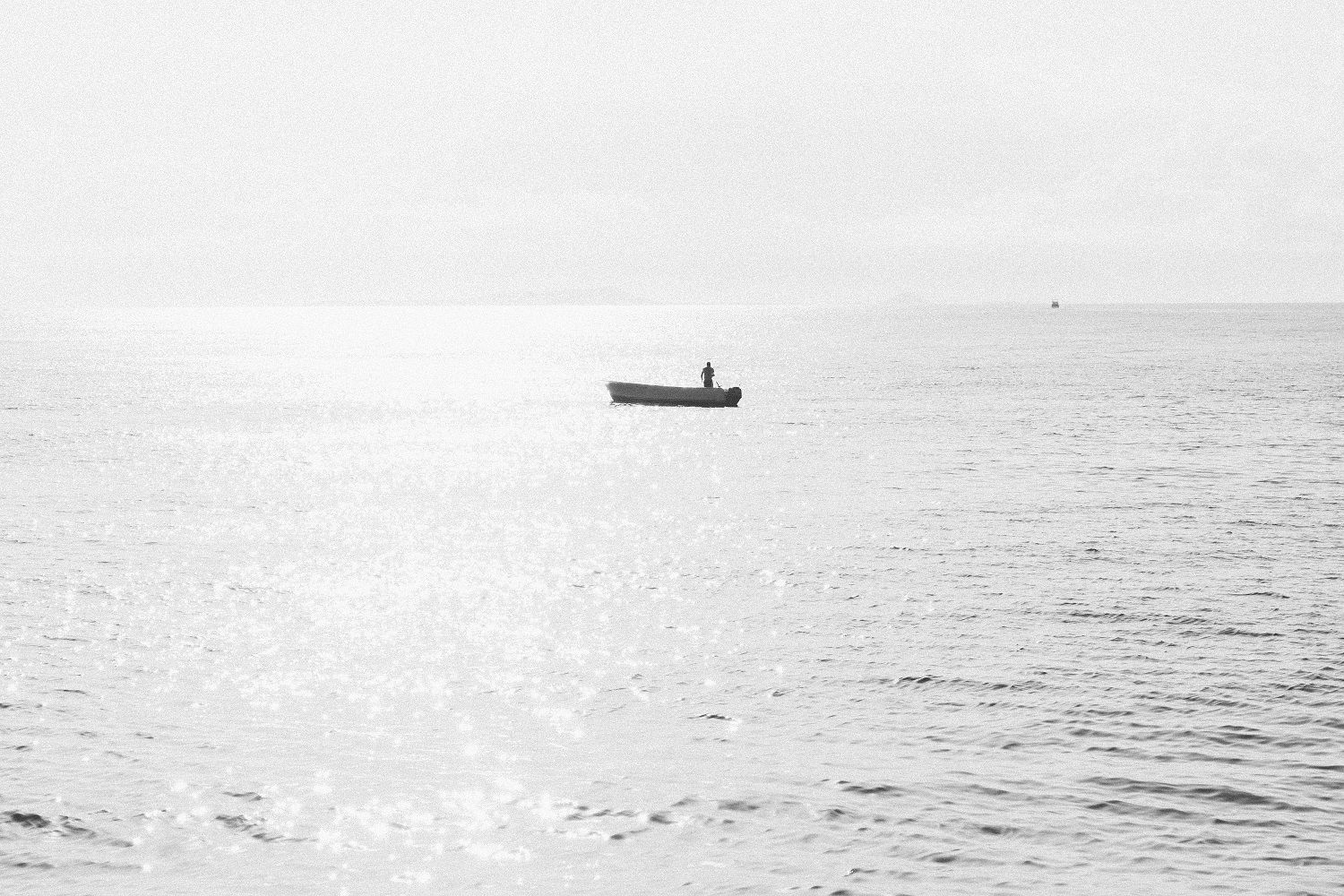
Boom. Wow dude.
The act of creation we engage in with the arts inevitably draws deep parts of ourselves to the surface. When we create art we unwittingly express parts of ourselves that are normally out of sight.
You may not even realize that you are expressing and exploring an unknown corner of yourself in the moment, but things become crystal-clear after you’re done.
A friend of mine who was always in conflict with her mother began seeing a therapist. She told me a story about their first meeting. Before talking about anything, the therapist asked her to draw a picture of her family. She did so, and immediately the therapist pointed out how everyone in the picture was holding hands — except her mother. Her mother was off to the side, not engaged with anyone else.
My friend was shocked. She had not intended to draw the picture this way. She didn’t even realize she drew the picture that way until her therapist pointed it out.
The way we do art, and the products we create, tell personal stories about us. These stories can be so personal, so deeply embedded in the structure of the self, that we may need someone else to point them out for us!
Doing Shitty Art
Creating art can put us in touch with parts of ourselves that we may never access otherwise. An art practiced over time can become a form of self-study that slowly and steadily builds a matured self-awareness.
But there’s a catch here. You can’t just squeeze therapeutic experience, insight, or maturity out of any kind of art. You’ve got to do shitty art.
By shitty art, I mean unapologetic art. You’ve got to do art without concern for how it will be viewed by others. You’ve got to do art without concern for how it will be viewed by yourself. You have to let go of worrying about the end result, and just let yourself create.
Just create, and see what happens! Learn to appreciate the feeling of what it’s like to experience the act of creation.
The letter from Kurt Vonnegut to a group of high school students that HighExistence shared the other day inspired me. Particularly, I loved the assignment he gave to these students:
“Write a six line poem, about anything, but rhymed. No fair tennis without a net. Make it as good as you possibly can. But don’t tell anybody what you’re doing. Don’t show it or recite it to anybody, not even your girlfriend or parents or whatever, or Ms. Lockwood. OK? Tear it up into teeny-weeny pieces, and discard them into widely separated trash recepticals.”
This is shitty art at its finest. Or its shittiest, however you feel I guess. Nobody ever sees it. It’s quite impermanent — you’re tearing it up after! You don’t even get to see it after you take those last steps.
If you know beforehand that the work will be destroyed, you will do the work with reckless abandon. You will go all in. There will be no half-assing, no restraint, no insecurity over how “good” it will be. It will just be shitty art, done for the experience of doing art and not for the sake of production.
Read this: Carl Jung and the Artistic Impulse: Madness in the Creative Spirit
It’s Good Enough and So Am I
This is art done unapologetically. When it’s done this way, we open the door to new frontiers of self-awareness. Free expression invites accidental insight. The more spontaneous your work, the more you entice nuggets of your unconscious to show themselves.
Practicing creation with this kind of freedom and spontaneity leads us to stumble upon self-acceptance. Doing shitty art teaches us to be comfortable with who we really are. We become more familiar with what feels authentic for us, and we discover the wonderful experience of letting what feels natural flow out of us.
Recently, I finally decided to stop trying to perfect this picture of a monk on a skateboard:
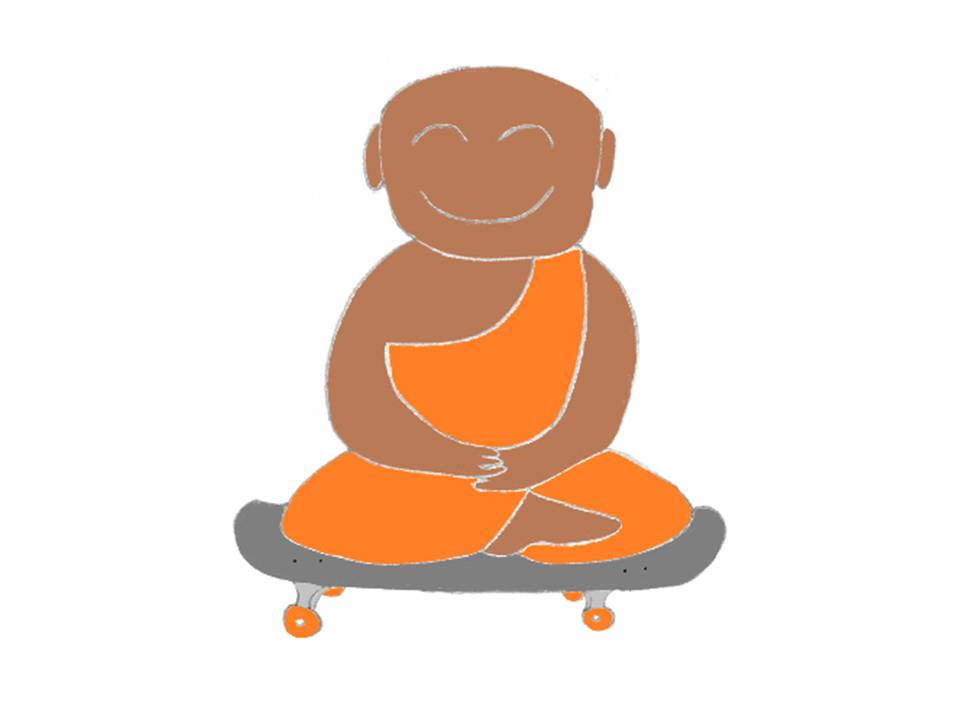
I drew this in pencil about a month ago, and have since been working on making it nothing less than excellent using various digital artwork programs. Since I drew it, I knew I wanted to use it as the logo for my blog Syntropulse. So I started a painstaking process of trying to make it “professional quality”.
But last week, in the spirit of this article’s message, I decided to stop where I was and use it as it is. Because really, it’s already good enough. And that’s all anything and anyone needs to be.
Further Study: Callings: Finding and Following an Authentic Life by Gregg Levoy
